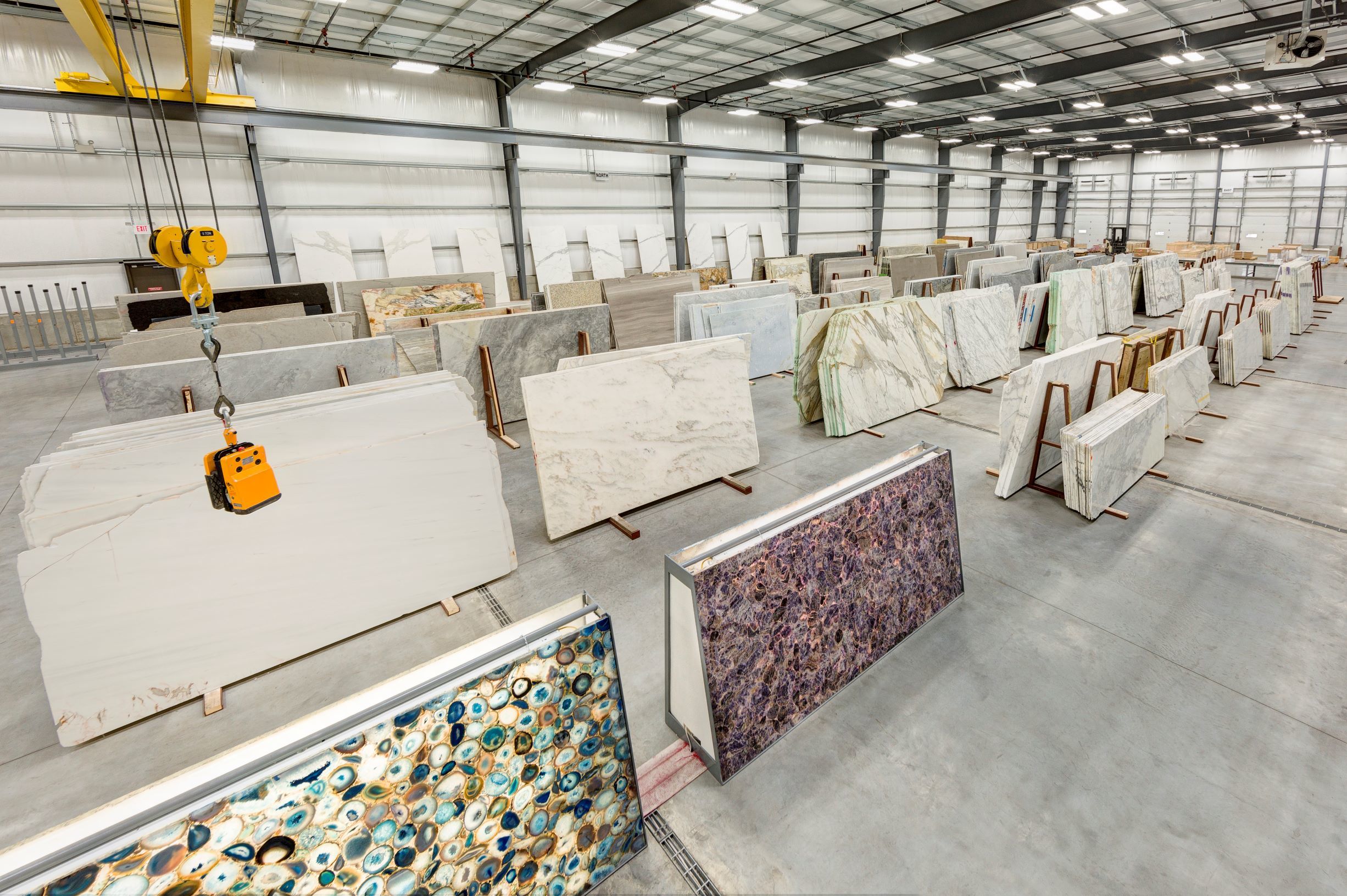
NEWS
Understanding Upright Headstones: A Comprehensive Guide for Professionals
Release Time:
May 27,2025
Upright headstones, often referred to as upright monuments or gravestones, are a prominent choice in the memorialization of loved ones. These structures rise vertically from the ground and can vary greatly in size, shape, and design, making them a versatile option for different preferences and cemetery regulations. Understanding the nuances of upright headstones is crucial for professionals in the craft of memorialization to provide clients with informed options that honor their loved ones appropriately.
One key aspect to consider when discussing upright headstones with clients is their durability. Typically crafted from materials such as granite, marble, or bronze, these materials ensure longevity and resistance to weathering. Granite, in particular, is favored for its hardness and variety of colors, making it an ideal choice for clients seeking both beauty and endurance in their memorials. It is crucial to discuss the benefits and limitations of each material available for upright headstones to help clients make informed decisions.
Design plays a pivotal role in the selection process of upright headstones. Clients may choose from a variety of designs, each reflecting the personality and lifestyle of the deceased. Custom engravings, images, and epitaphs can personalize a headstone, turning it into a unique tribute. Professionals should encourage clients to think about how they want to represent their loved ones through these designs, keeping in mind the cemetery’s regulations regarding size and style.
Another important consideration is the placement of upright headstones. Unlike flat markers, which can be positioned at ground level, upright headstones typically require more space and must adhere to specific cemetery guidelines regarding placement and orientation. Professionals should ensure that clients understand these guidelines to avoid unpleasant surprises during installation.
Upright headstones also hold a significant cultural and historical context. Many families choose upright monuments to signify the importance of the individual and to create a lasting legacy. This aspect can be particularly meaningful for clients looking to honor their loved ones’ contributions to their families or communities.
In conclusion, upright headstones are a profound choice in memorialization, combining durability, beauty, and personalization. For professionals in the memorial industry, understanding the various aspects of upright headstones—from materials and designs to placement and cultural significance—can enhance their ability to guide clients through the decision-making process. By fostering an understanding of these elements, professionals can ensure that each upright headstone serves as a fitting tribute to the lives it commemorates.
One key aspect to consider when discussing upright headstones with clients is their durability. Typically crafted from materials such as granite, marble, or bronze, these materials ensure longevity and resistance to weathering. Granite, in particular, is favored for its hardness and variety of colors, making it an ideal choice for clients seeking both beauty and endurance in their memorials. It is crucial to discuss the benefits and limitations of each material available for upright headstones to help clients make informed decisions.
Design plays a pivotal role in the selection process of upright headstones. Clients may choose from a variety of designs, each reflecting the personality and lifestyle of the deceased. Custom engravings, images, and epitaphs can personalize a headstone, turning it into a unique tribute. Professionals should encourage clients to think about how they want to represent their loved ones through these designs, keeping in mind the cemetery’s regulations regarding size and style.
Another important consideration is the placement of upright headstones. Unlike flat markers, which can be positioned at ground level, upright headstones typically require more space and must adhere to specific cemetery guidelines regarding placement and orientation. Professionals should ensure that clients understand these guidelines to avoid unpleasant surprises during installation.
Upright headstones also hold a significant cultural and historical context. Many families choose upright monuments to signify the importance of the individual and to create a lasting legacy. This aspect can be particularly meaningful for clients looking to honor their loved ones’ contributions to their families or communities.
In conclusion, upright headstones are a profound choice in memorialization, combining durability, beauty, and personalization. For professionals in the memorial industry, understanding the various aspects of upright headstones—from materials and designs to placement and cultural significance—can enhance their ability to guide clients through the decision-making process. By fostering an understanding of these elements, professionals can ensure that each upright headstone serves as a fitting tribute to the lives it commemorates.

